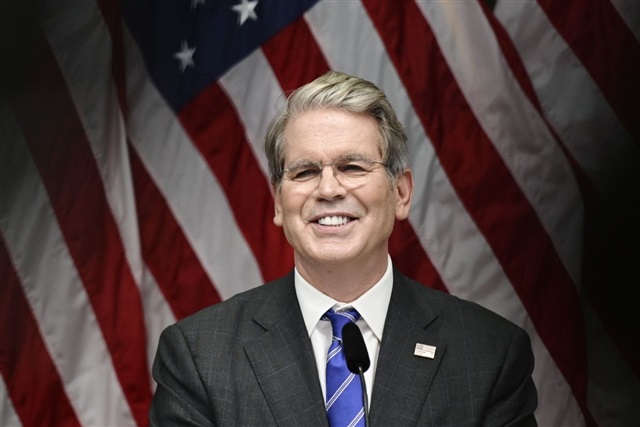The Trump administration's move to take a 10% stake in Intel has intensified debate over whether CHIPS and Science Act subsidies could be linked to equity ownership, fueling concerns about deeper government intervention in the semiconductor sector and the potential impact on other US chipmakers.
Reuters reported growing speculation that Micron Technology and GlobalFoundries could face similar treatment. GlobalFoundries pushed back, stressing that its CHIPS Act funding is proceeding "as normal" and carries no equity conditions.
At Deutsche Bank's technology conference, GlobalFoundries CFO John Hollister said the company will continue receiving subsidies tied to milestone achievements. He added that GlobalFoundries has raised its 2025 investment plan to US$16 billion, with an extra US$1 billion in capex and US$3 billion for R&D to support long-term technology development and capacity expansion.
Signed into law by former President Joe Biden in 2022, the CHIPS Act is designed to bolster US semiconductor production and reduce dependence on Asian suppliers, including Taiwan's TSMC.
US Treasury Secretary Scott Bessent told Fox Business's Mornings with Maria Bartiromo that the government has no plans to take a stake in Nvidia, saying the AI chip leader requires no financial support. He added, however, that a similar intervention could be pursued in other industries such as shipbuilding.
Before the Intel deal, the Trump administration had already intervened in corporate transactions, taking a so-called "golden share" in Nippon Steel's planned acquisition of US Steel, and requiring Nvidia and AMD to hand over 15% of their China AI chip sales in exchange for export approvals.
The measures highlight Washington's layered strategy for semiconductor self-sufficiency, blending direct investment with regulatory pressure, while calibrating its role based on the strategic weight and financial standing of each company.
Article edited by Jack Wu



